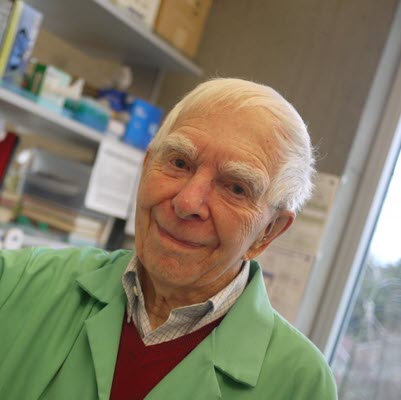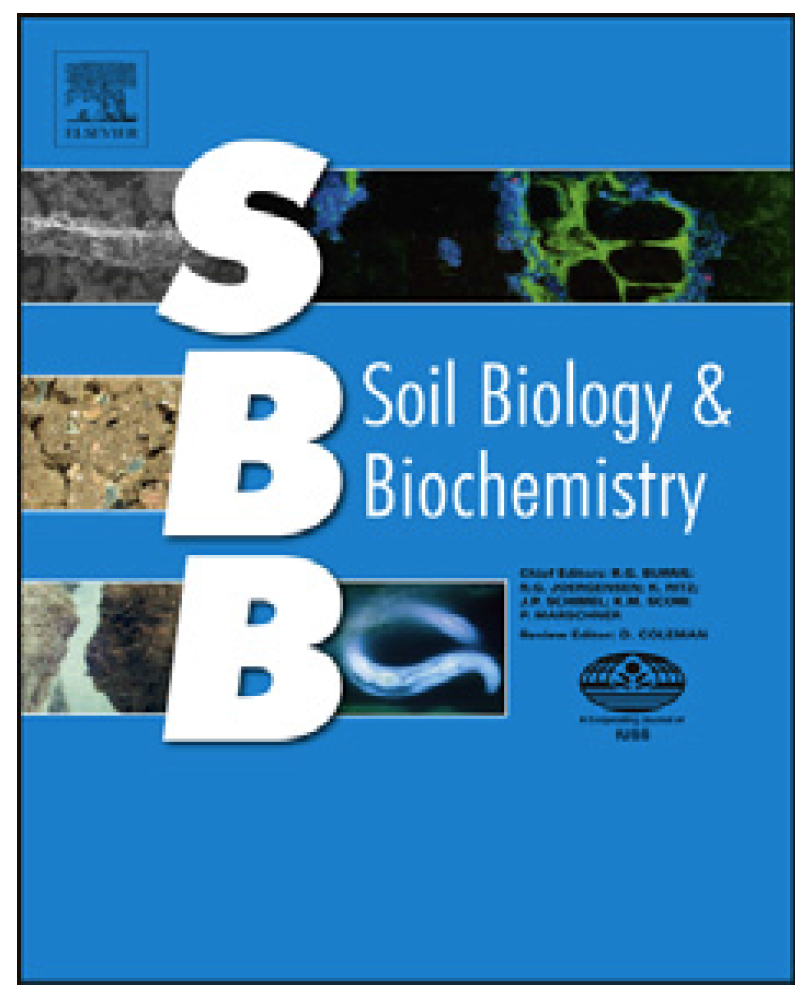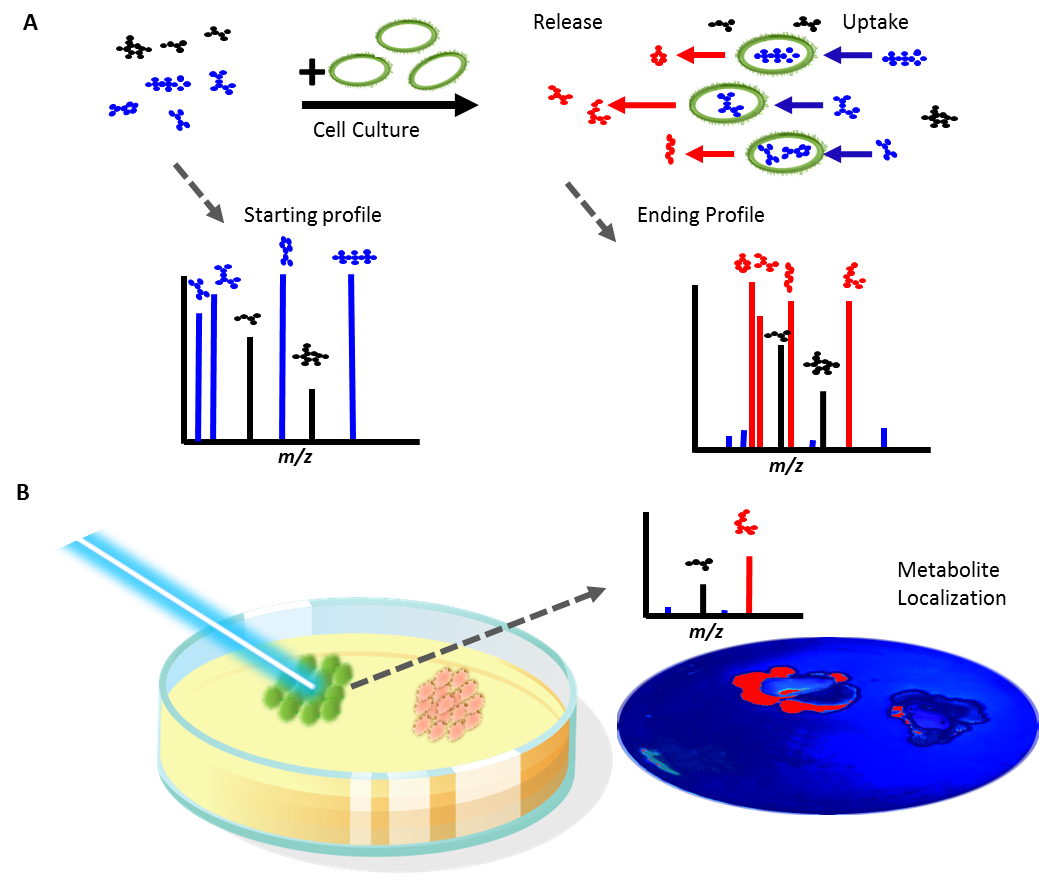Northen Lab researchers Qing Zheng, Yuntao Hu, Suzanne M. Kosina, Marc W. Van Goethem, Susannah G. Tringe, Benjamin P. Bowen, and Trent R. Northen authored the publication “Conservation of beneficial microbes between the rhizosphere and the cyanosphere”. Biological soil crusts (biocrusts) are photoautotroph dominated communities on soil surfaces that provide essential ecosystem functions like stabilizing soil, retaining moisture, and capturing nutrients. This research utilizes metabolomics to profile exometabolites of biocrust isolates, exploring the potential of biocrust cyanosphere microbes to provide similar benefits to plants as they do to their cyanobacterial hosts.
Experiments between biocrust isolates and model grasses were conducted, and using 16S-rRNA sequencing and LC-MS/MS metabolomic analysis, the Northen Lab determined 3 biocrust bacterial isolates (Bosea sp._L1B56, Pseudarthrobacter sp._L1D14 and Pseudarthrobacter picheli_L1D33) significantly promote the growth of the model grass (Brachypodium distachyon)and a cyanobacteria (Microcoleus vaginatus). It was also discovered that a 60% increase in B. distachyon biomass occurred when grown in media supplemented with pantothenic acid, shown to be secreted by biocrust isolates. These findings suggest that certain biocrust microbes benefit both cyanobacterial and plant hosts. This work highlights potential synergies between these environments and demonstrates the potential for metabolite exchange.

Image: Heatmaps showing exometabolite profiles of biocrust isolates grown on B. distachyon root exudates. Blue shows the consumption of root exudate metabolites and red shows production of metabolites. This demonstrates the potential for metabolite exchange.
To learn more, read the full article here.
Zheng, Q., Hu, Y., Kosina, S. M., Van Goethem, M. W., Tringe, S. G., Bowen, B. P., Northen, T. R. (2023) Conservation of beneficial microbes between the rhizosphere and the cyanosphere. New Phytologist. 240: 1246–1258. https://doi.org/10.1111/nph.19225




